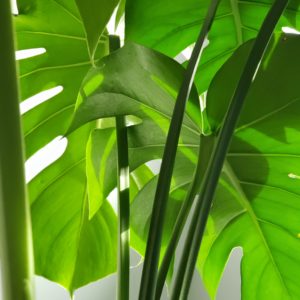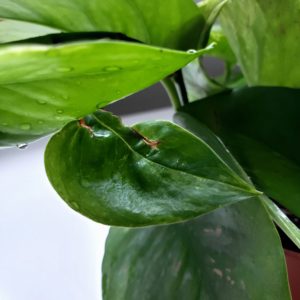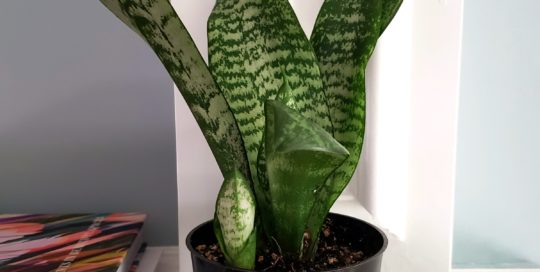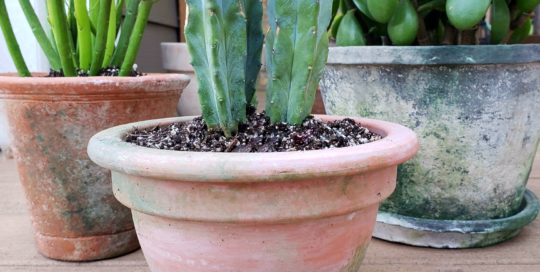Why Thrips Are the Worst, And How You Can Stop Them
Views: 10879

I’ve made peace with all kinds of houseplant pests and learned how to kindly send them on their way, but not thrips. Thrips (called thrips in both plural and singular form), are tiny bugs that feed on houseplants. Elusive, invasive, and nearly invisible, they mangle your plants and return like the rising sun. Camouflaged between flecks of dust, thrips damage leaves before you even see them. If you haven’t already, you may have to confront these stubborn houseplant pests. Thrips are the worst, but here’s how you can stop them.
What Are Thrips?
Thrips are microscopic insects shaped like small pieces of long grain rice. They vary in color from gray to yellow, or even black and have narrow feathered wings. Thrips come in thousands of different species so if you search for them online you may end up more confused. Tricky to identify and even trickier to spot, they fade into dust particles, hide in small crevices, and live on undersides of leaves. I find thrips easier to detect by their signature damage than by locating the actual bugs. Rust spots, brown scars, strange crinkles, and stunted growth are all signs of thrips.

Thrips damage on new pothos leaf.
How They Operate
Thrips lay eggs in soil and spend most of their lives feeding on stem and leaf tissue. If you look closely you might see them on the leaf surface, but they also burrow inside leaf tissue – another characteristic that makes them hard to spot. They have wings, but are better jumpers than flyers and spread easily from plant to plant. Thrips target certain houseplants, but leave others alone. This is interesting because most plant pests aren’t as choosy. In my collection, thrips target pothos, monsteras, and philodendrons, but ignore succulents and sansevierias.
How To Stop Them
The simplest way to stop thrips is to clean leaves regularly. Thrips come right off if you wipe leaves and stems with a damp paper towel. Some people even use a lint roller on large leaves. If your thrips infestation is widespread, I recommend using a bug spray with spinosad, (an odorless, natural substance that is toxic to bugs). Neem oil also deters thrips, but has a strong smell. Blue sticky traps catch and kill new fliers. The blue color is specifically used to trap thrips, as opposed to yellow designed to attract gnats. Use a combination of these tactics, and make sure to repeat until new leaves emerge undamaged.
Have Patience
Thrips won’t disappear quickly, but they will eventually. As a preventative, keep your plants clean and observe them closely for signs of damage or jumping dust flecks. If you do encounter thrips, don’t be too discouraged. You are not alone. Thrips seem to be a right of passage for houseplant collectors. With a little patience and consistency you can win the battle and save your houseplants.
Meet Paula Palma
Paula has a teaching background in pilates, yoga, and meditation. She is currently studying biology as a prerequisite for further education. One of her favorite…
Paula's Recent Posts

What To Do When You Inherit A Houseplant






